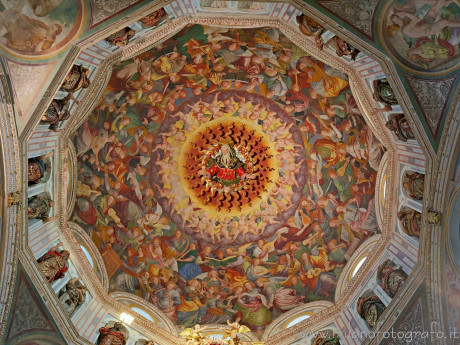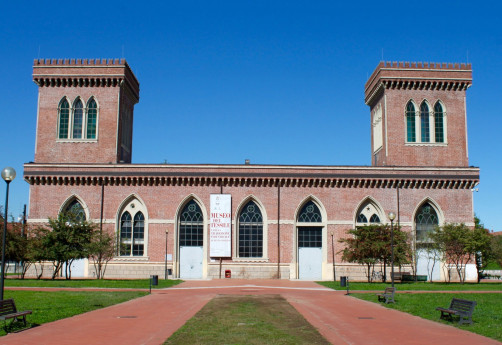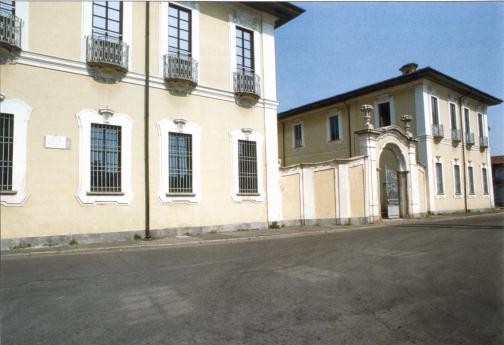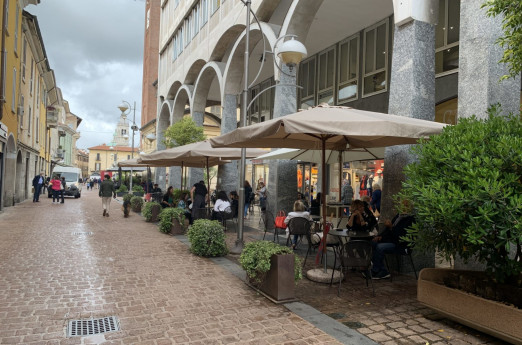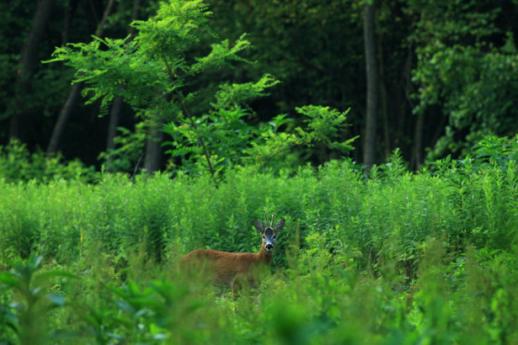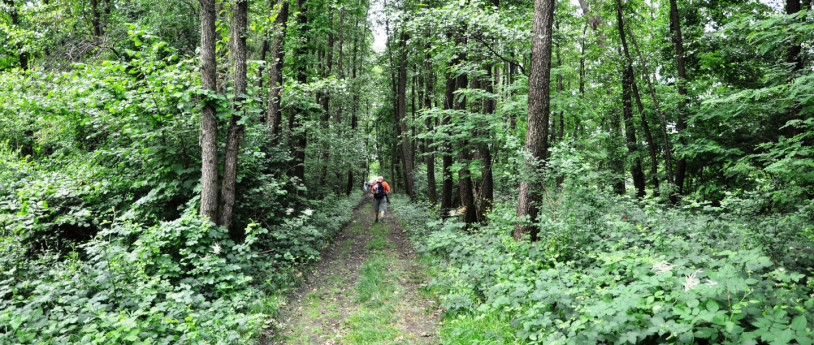Palazzo Marliani Cicogna
The civic museum of Palazzo Marliani-Cicogna houses a vast collection of artworks owned by the city, and was opened to the public in 1990. The structure's restoration, which began in the 1980s and was completed in the year 2002, brought to light a number of the building's historical aspects, including the wine cellar and stables, which date back to the sixteenth century, as well as a series of eighteenth-century ceiling paintings and decorations. The collection's works, which consist in some 200 paintings, frescoes, sculptures, drawings and prints, are grouped according to thematic, stylistic or historical criteria. They range from local religious works, to a few significant works of Lombard Mannerism, even including paintings by important artists from the town of Busto Arsizio itself: such as Biagio Bellotti (1714-1789) and Giuseppe Bossi (1777-1815). The bulk of the work documents the period of late Lombard Romanticism, featuring local artists who mainly worked out of Milan, such as Enrico Crespi and Emilio Magistretti. There are a large number of works by Arturo Tosi, also a native of the city, along with a rich selection of pieces by artists who were, or have been, active in the area from the early twentieth century up until to the present. Others include: Claudio Olivieri, Tino Repetto, Enrico Della Torre, Claudio Rotta Loria, Giorgio Albertini, Attilio Forgioli, Gianfranco Pardi, Sergio Sarri, Giancarlo Ossola, Alberto Venditti, and more. Many of the contemporary artworks come from the various editions of the Premio di Pittura Città di Busto Arsizio (The "City of Busto Arsizio Painting Award"), which was held biannually from 1996 until 2004. Since the time of its opening, the museum has hosted numerous temporary exhibitions of figurative art and historical documentary works, as well as various educational initiatives. The museum's educational services include workshops and interactive guided tours of the permanent collection in both English and French, as well as themed activities in honour of the temporary exhibits.
